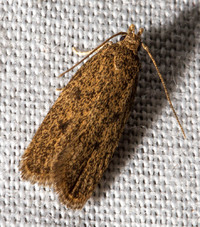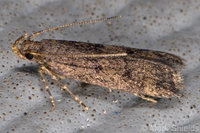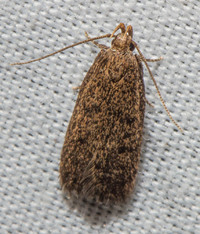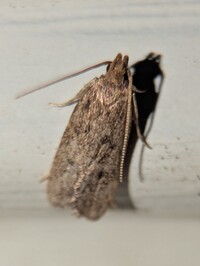
| Recorded by: Melody McMichael on 2025-08-06
Forsyth Co.
Comment: | 
| Recorded by: Ken Kneidel on 2025-07-20
Mecklenburg Co.
Comment: |

| Recorded by: Mark Basinger on 2025-07-07
Brunswick Co.
Comment: | 
| Recorded by: Mark Basinger on 2025-07-07
Brunswick Co.
Comment: |

| Recorded by: Dean Furbish on 2025-06-30
Wake Co.
Comment: | 
| Recorded by: David George, Jeff Niznik on 2025-05-24
Richmond Co.
Comment: |
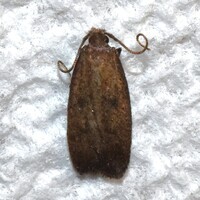
| Recorded by: David George, Jeff Niznik on 2025-05-24
Richmond Co.
Comment: | 
| Recorded by: Mark Basinger on 2025-05-02
Brunswick Co.
Comment: |

| Recorded by: Mark Basinger on 2025-05-02
Brunswick Co.
Comment: | 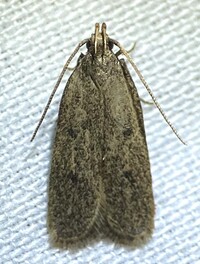
| Recorded by: Dean Furbish on 2025-04-17
Wake Co.
Comment: |

| Recorded by: Dean Furbish on 2024-10-04
Wake Co.
Comment: | 
| Recorded by: Dean Furbish on 2024-09-23
Wake Co.
Comment: |
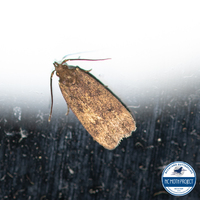
| Recorded by: Lior S. Carlson, Dean Furbish on 2024-09-18
Wake Co.
Comment: | 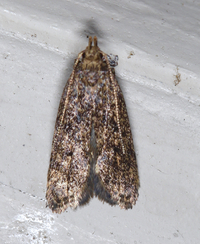
| Recorded by: Jim Petranka on 2024-08-01
Madison Co.
Comment: |
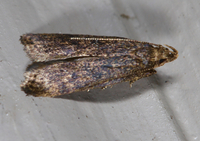
| Recorded by: Jim Petranka on 2024-08-01
Madison Co.
Comment: | 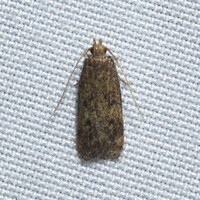
| Recorded by: Jeff Niznik on 2024-07-24
Orange Co.
Comment: |
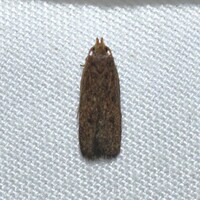
| Recorded by: Jeff Niznik on 2024-07-21
Orange Co.
Comment: | 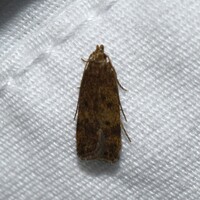
| Recorded by: David George, Jeff Niznik on 2024-05-25
Chatham Co.
Comment: |
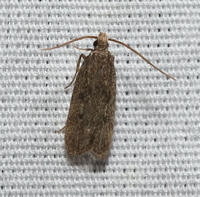
| Recorded by: David George on 2024-05-24
Durham Co.
Comment: | 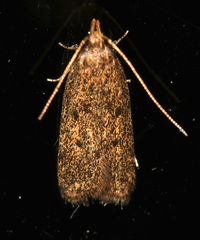
| Recorded by: Jim Petranka on 2024-05-24
Madison Co.
Comment: |
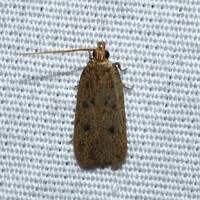
| Recorded by: David George, Jeff Niznik, Rich Teper on 2024-04-16
New Hanover Co.
Comment: | 
| Recorded by: Stephen Hall on 2024-04-14
Orange Co.
Comment: |
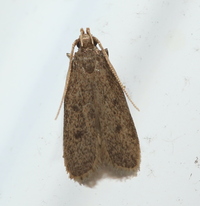
| Recorded by: David George on 2023-10-02
Durham Co.
Comment: | 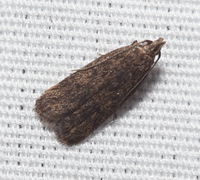
| Recorded by: David George on 2023-08-15
Orange Co.
Comment: |
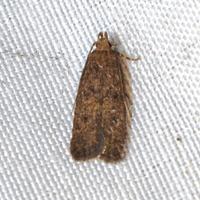
| Recorded by: David George, Stephen Dunn, Jeff Niznik on 2023-08-10
Orange Co.
Comment: | 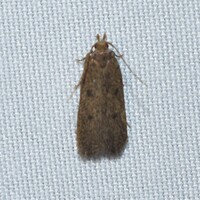
| Recorded by: David George, Jeff Niznik on 2023-05-17
Chatham Co.
Comment: |
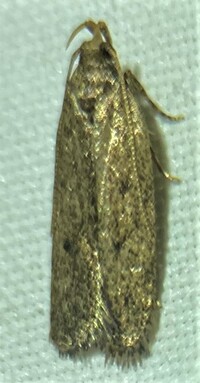
| Recorded by: Dean Furbish on 2022-11-07
Wake Co.
Comment: | 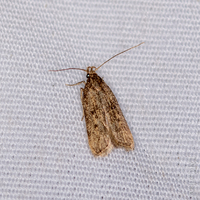
| Recorded by: David George, L. M. Carlson on 2022-08-03
Orange Co.
Comment: |

| Recorded by: Steve Hall on 2022-08-02
Durham Co.
Comment: | 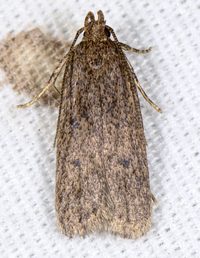
| Recorded by: John Petranka on 2022-08-01
Orange Co.
Comment: |
|

 »
»